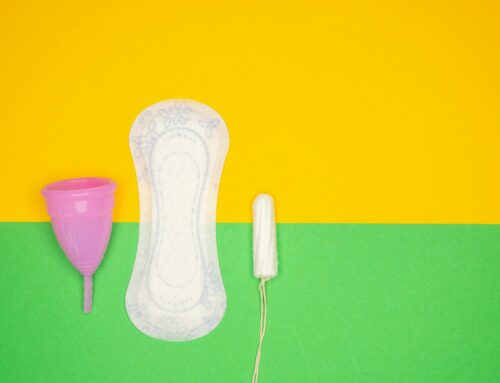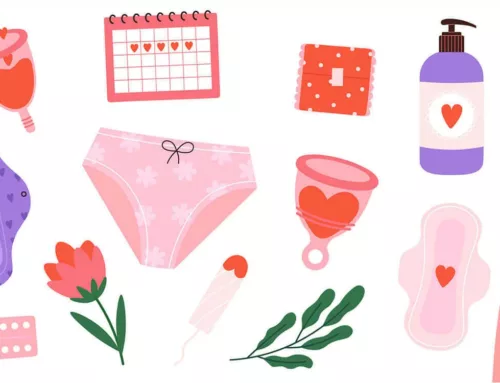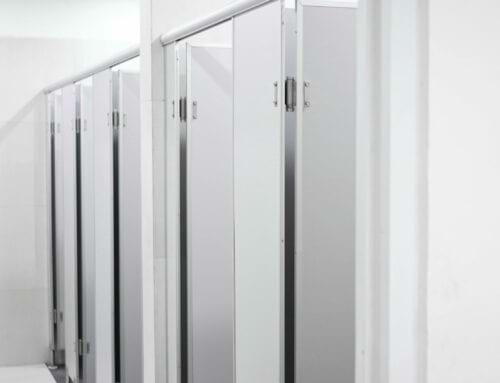There are many types of period protection on the market: sanitary napkins, digital tampons, tampons with applicator, menstrual panties, cups… it is sometimes difficult to find the product best suited to your needs. We are therefore going to take a tour of disposable periodic protections in order to guide you in your choice of protection!
Differences between tampons and pads
The 2 types of sanitary protection most used by women are tampons and pads.
Sanitary napkins
They are external protection. They attach to the pants with adhesive strips. Pads collect blood leaking from the vagina with multiple absorbent layers. Depending on your flow, the time of day you want to wear it, there are different models. The most common are day and night or normal flow, abundant, very abundant, so it is possible to test various models depending on your flow.
Tampons
They are internal protections to be inserted into the vagina and which directly absorb the blood without letting it flow out. It therefore avoids the use of external protection. Tampons also have varying degrees of absorbency: often from light/regular to super plus/very heavy. There are 2 types of tampons: digital tampons, commonly called “classic” or “without applicator”, so they are inserted directly into the vagina with your finger. In order to facilitate the insertion, there are also tampons with applicator, the latter made of plastic or cardboard must be inserted into the vagina in order to slide the tampon there.
When to wear a sanitary pad?
Sanitary pads are the most recommended disposable protections for the night. Indeed, it is dangerous to wear a tampon during the night. Wearing the tampon should not exceed 4 to 6 hours, it should be changed in the middle of the night, which is very restrictive. If the tampon is worn longer, there is a risk of toxic-shock-syndrome, which is dangerous for women’s health.
It is also advisable to only wear sanitary napkins if you have already been diagnosed with toxic shock syndrome.
The menstrual pad can also be worn in addition to internal protection such as a menstrual cup or a tampon.
During their first period, young women often prefer to use sanitary napkins. Indeed, they are easier to change in the toilets of school, but also easier to use when you have never inserted a tampon.
When to wear a tampon?
Tampons are often favored by women with active lifestyles. Indeed, they are practical when you practice a sport activity because they avoid carrying a pad which can sometimes represent an embarrassment when you play sports. In addition, the risk of leakage and therefore of staining is minimized if the tampon is worn for the recommended time.
Tampons are also the only disposable protection possible when swimming. Indeed, they allow you to go to the beach, to the swimming pool or to the sea in the middle of your period and thus to be able to swim in peace.
Tampons are also favored by some women when they want to wear tight clothes with which the pads can be visible, or light clothes where the risk of staining is present.
Finally, these 2 types of menstrual protection have advantages and disadvantages. It is therefore interesting to have these 2 types of protection and to use them according to your lifestyle. At IYNI, we offer these 2 types of disposable periodic protection to best meet your needs.






